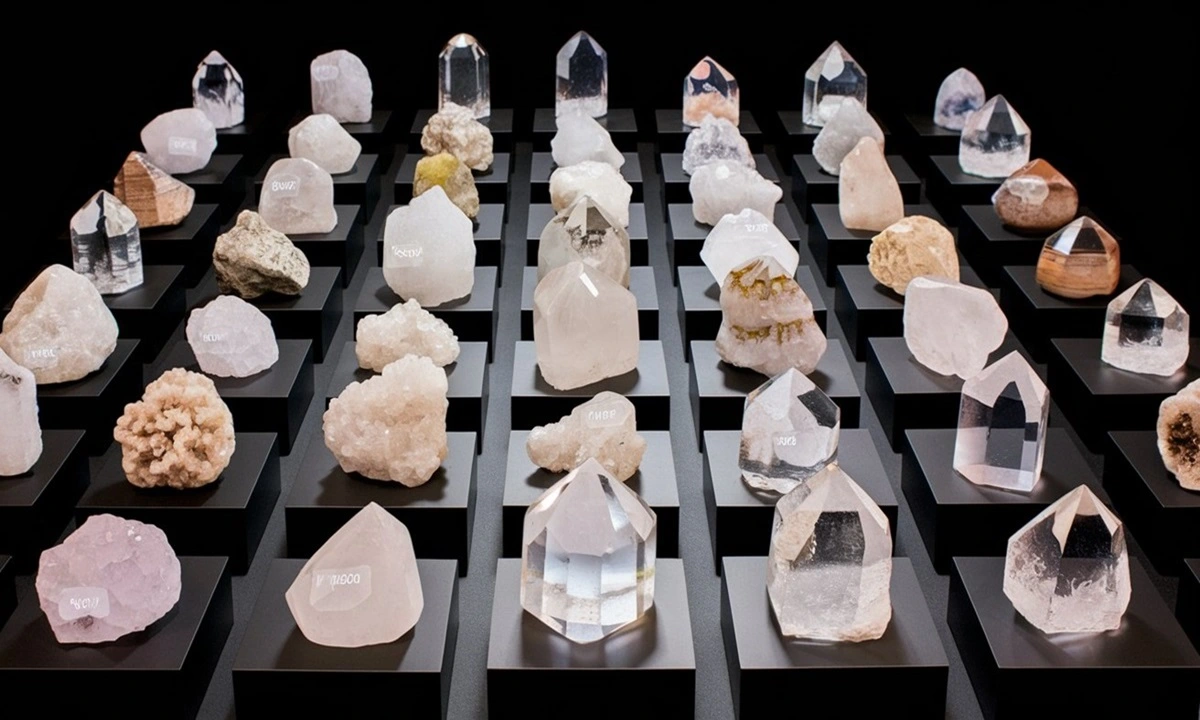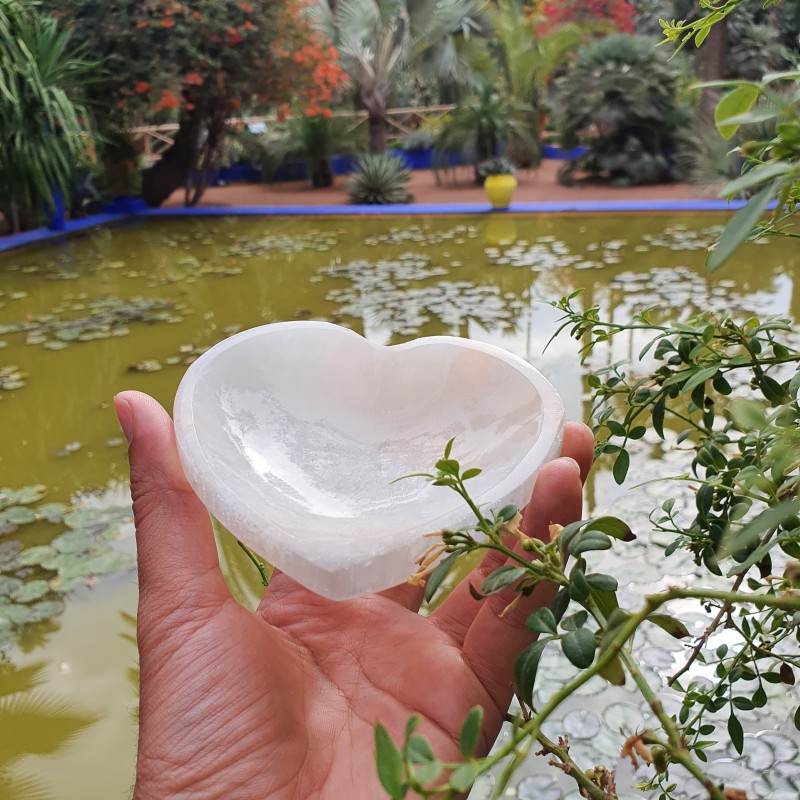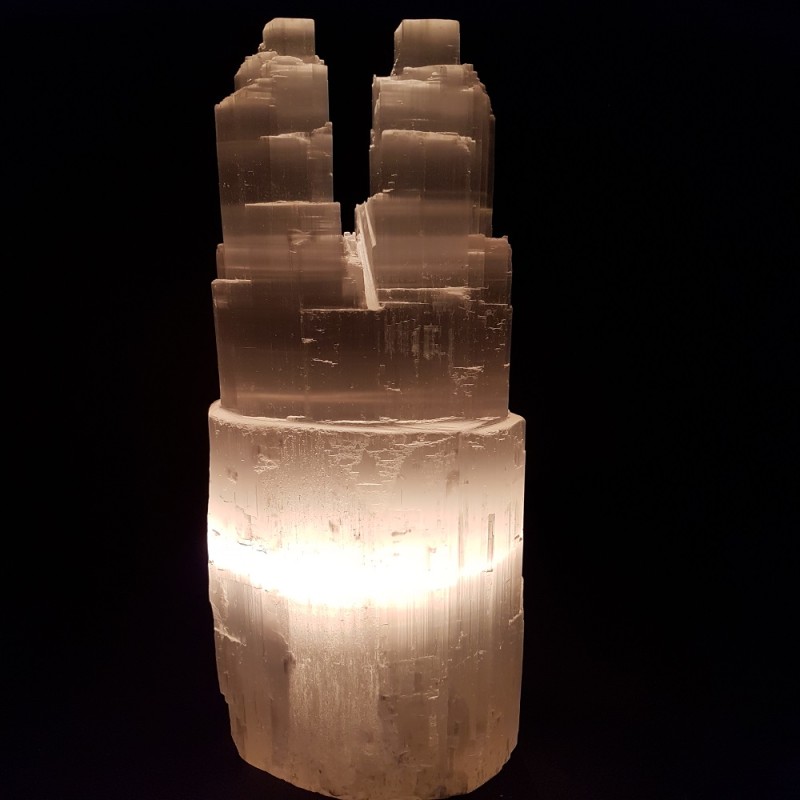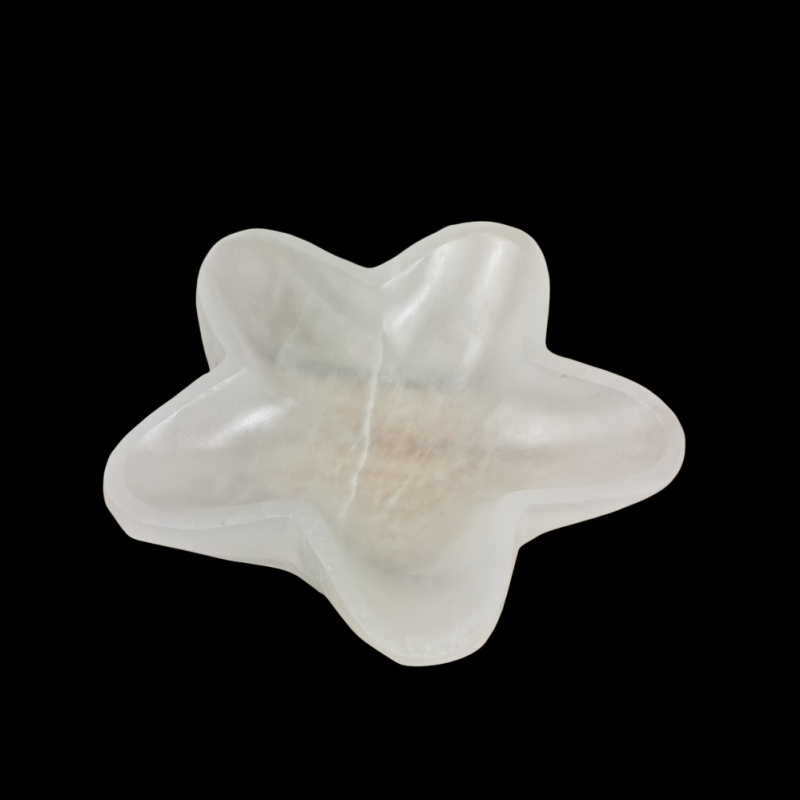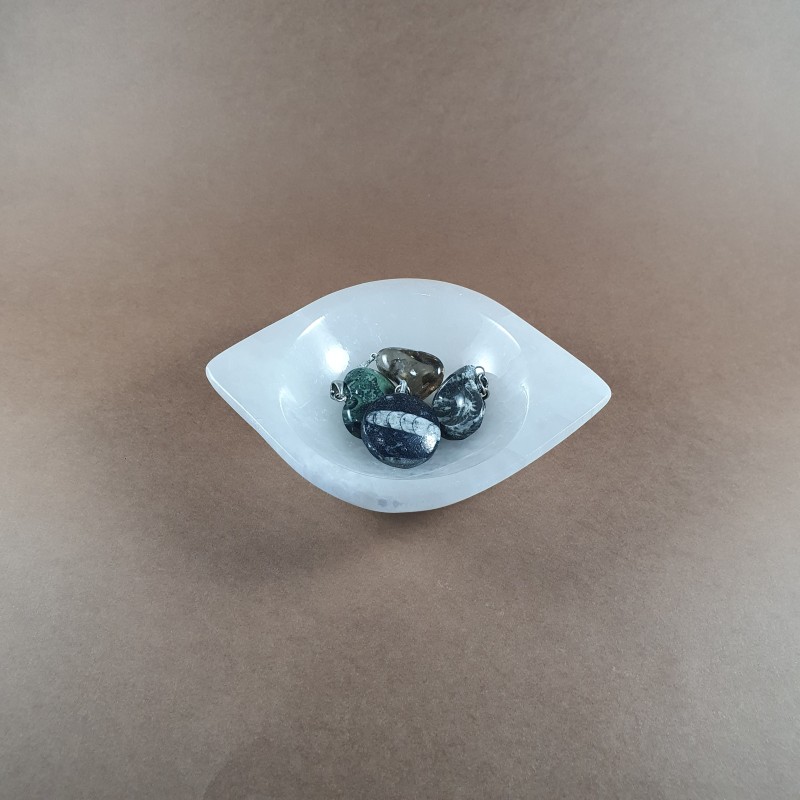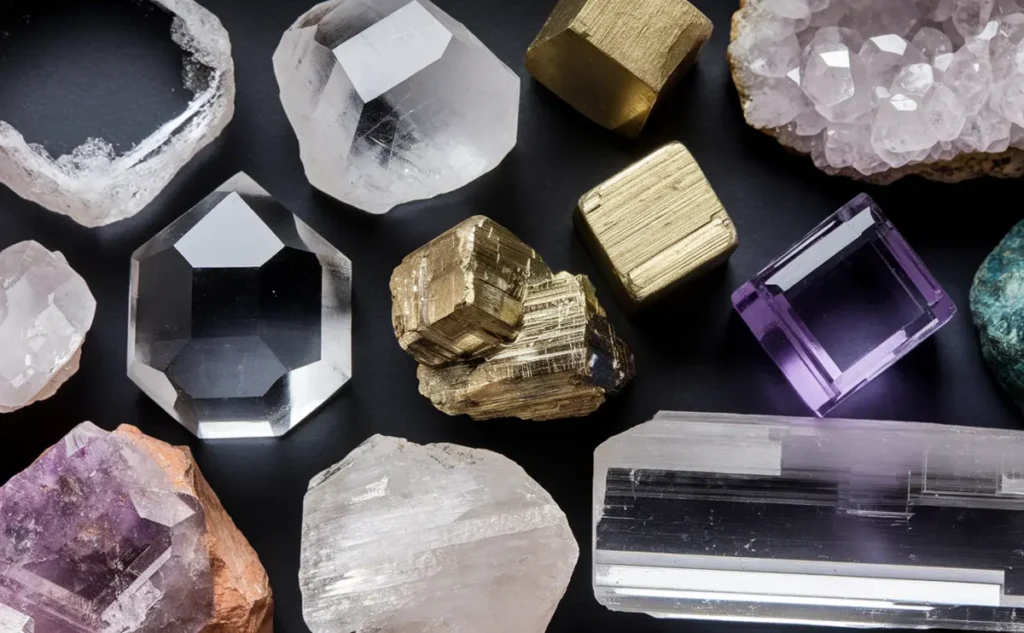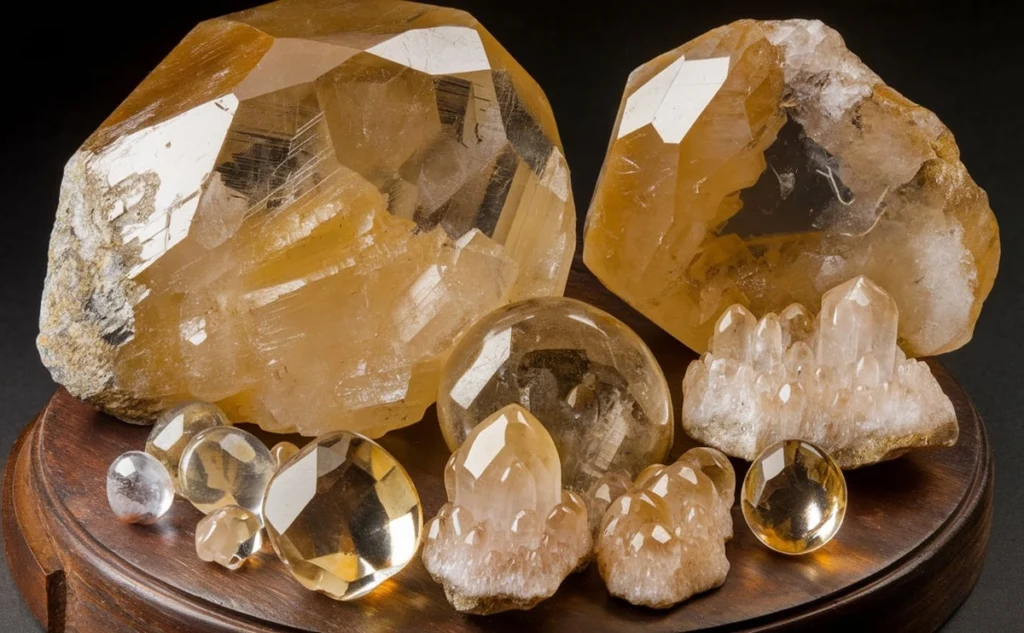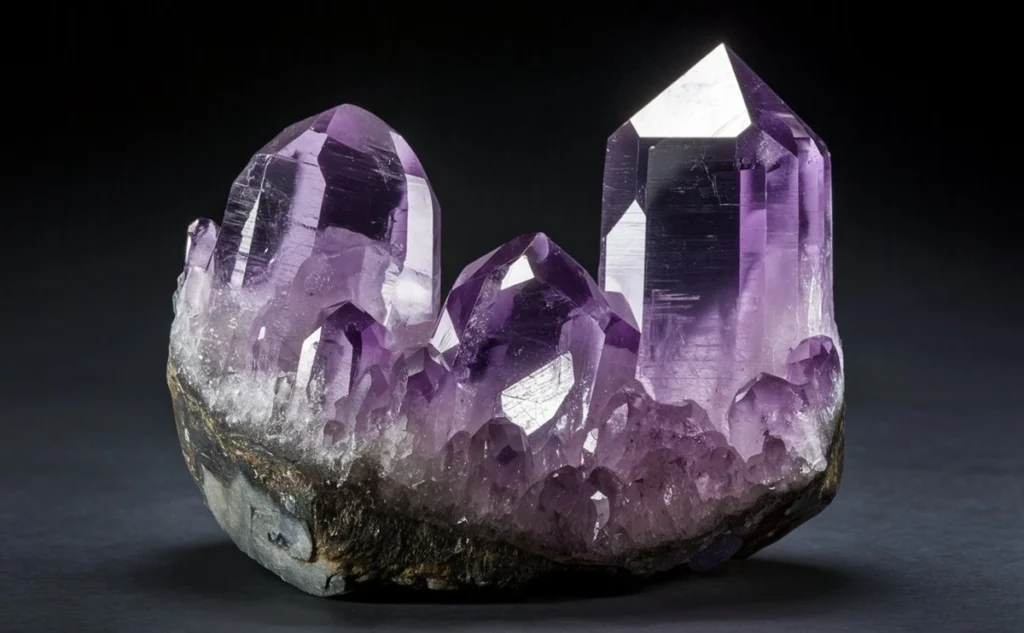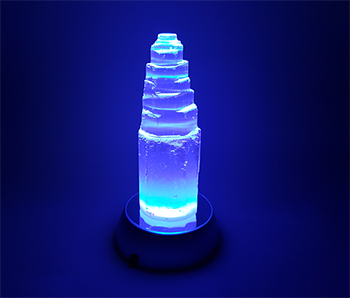Quartz is one of the most abundant and versatile minerals on Earth. Its captivating beauty, fascinating properties, and wide-ranging applications have made it a favorite among geologists, jewelers, and crystal enthusiasts. From ancient civilizations to modern science, quartz continues to hold a unique place in human history and technology. In this article, we’ll explore the origins, properties, types, and uses of quartz, along with its significance in various cultures and industries.
What is Quartz?
Quartz is a mineral composed of silicon and oxygen atoms in a continuous framework of silicon-oxygen tetrahedra, forming a structure known as silicon dioxide (SiO₂). Its crystalline form is found in a wide array of environments, ranging from igneous and metamorphic rocks to sedimentary deposits. Its durability, clarity, and hardness—rated 7 on the Mohs scalemake quartz highly resistant to weathering and suitable for numerous uses.
The Origins of Quartz
Quartz forms under a variety of geological conditions. It can crystallize from magma in igneous rocks, precipitate from hydrothermal solutions, or recrystallize during metamorphic processes. The mineral’s widespread occurrence and diverse formation processes have contributed to its presence in nearly every corner of the globe.
Types of Quartz
Quartz comes in two primary categories: macrocrystalline and cryptocrystalline.
-
Macrocrystalline Quartz
Macrocrystalline quartz features large crystals that are often visible to the naked eye. Some popular varieties include:
- Amethyst: Known for its purple hue, amethyst is a favorite in jewelry and healing practices.
- Citrine: A yellow to orange variety, often associated with wealth and positivity.
- Rose Quartz: Famous for its pink color and connection to love and emotional healing.
- Smoky Quartz: A translucent gray to brown variety often used in meditation.
-
Cryptocrystalline Quartz
Cryptocrystalline quartz consists of microscopic crystals and often appears opaque or translucent. Common types include:
- Chalcedony: A smooth and waxy quartz variety often used in decorative carvings.
- Agate: Known for its colorful banding, agate is a favorite among collectors.
- Jasper: Typically opaque and brightly colored, jasper is valued for its striking patterns.
Properties of Quartz
Quartz possesses a range of properties that make it a standout mineral:
- Hardness: Its resistance to scratching makes it durable in jewelry and industrial applications.
- Piezoelectricity: Quartz can generate an electric charge under mechanical stress, a property utilized in electronics like watches and sensors.
- Clarity and Transparency: High-quality quartz is often clear and prized for its optical properties.
- Thermal Resistance: It withstands high temperatures, making it useful in heat-resistant materials.
Cultural Significance of Quartz
Quartz has been revered by cultures worldwide for thousands of years.
- Ancient Civilizations: The Greeks believed quartz was eternal ice sent by the gods. The Chinese associated it with purity and perfection.
- Modern Symbolism: Today, quartz symbolizes clarity, strength, and balance, making it a popular choice for talismans and decorative items.
Quartz in Modern Science and Industry
Beyond its aesthetic appeal, quartz plays a vital role in science and industry.
- Electronics: Quartz crystals are used in oscillators, resonators, and timekeeping devices due to their piezoelectric properties.
- Optics: Its clarity and refractive index make it valuable in lenses and prisms.
- Construction: Quartz sand is a key ingredient in concrete and glass production.
- Gemstones: Many varieties of quartz are cut and polished for use in jewelry.
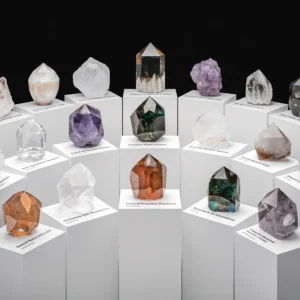
Quartz and the Environment
Quartz is a sustainable and eco-friendly material. Its abundance and durability reduce the need for extensive mining, and its applications in green technologies, like solar panels, highlight its role in sustainable development.
How to Care for Quartz
Quartz is relatively low-maintenance, but proper care ensures its longevity and beauty:
- Cleaning: Use mild soap and water to clean quartz jewelry or specimens. Avoid harsh chemicals that could damage the surface.
- Storage: Store quartz away from harder gemstones to prevent scratches.
Fun Facts About Quartz
- Quartz is the second most abundant mineral in the Earth’s crust, after feldspar.
- The largest quartz crystal cluster ever discovered was found in Brazil and weighs over 44 tons.
- The name “quartz” comes from the German word “Quarz,” which has Slavic origins meaning “hard.”
Conclusion
Quartz is a testament to the beauty and power of nature. Its versatility, rich history, and countless uses make it a true gem in every sense of the word. Whether you admire its natural beauty, wear it as jewelry, or rely on it in technology, quartz remains an enduring symbol of Earth’s wonders. Next time you see a piece of quartz, take a moment to appreciate the journey it has undertaken to reach you—a journey that spans millions of years and countless transformations.
Let quartz inspire you with its resilience, clarity, and timeless charm!

